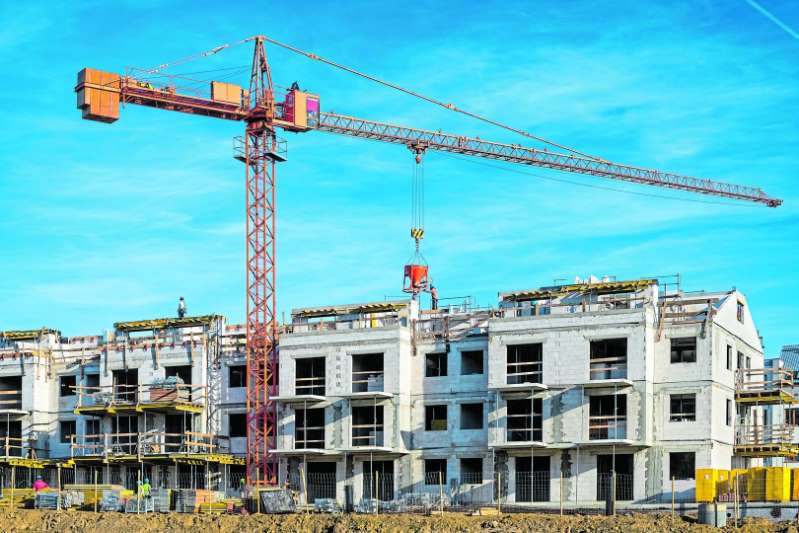The rents of the non-profit property developers are up to three euros per square meter lower.

The non-profit property developers ensure that the apartment prices do not take off completely. On the basis of the microcensus, the economic research institute (Wifo) compared apartments from non-profit property developers with adequate apartments from private owners.
According to the author of the study, Michael Klien, the price advantage for the non-profit making rented apartments is around 2.3 euros per square meter. This results in an average saving of 160 euros per month. In the case of new buildings and in metropolitan areas, rent can even be up to three euros per square meter cheaper.
The non-profit organizations not only manage 650,000 rental apartments. 360,000 condominiums have also been built since 1945. According to the Wifo study, the savings on home ownership are around 60 euros per month.
The lower rent has only marginally to do with housing subsidies. Only half of the public grants go to non-profit organizations. In addition, housing subsidies are used to support loan repayments. Interest rates are currently very low anyway.
Savings for the state
The difference is the business model. The tenants in non-profit residential buildings are initially only charged the real costs. No rent is charged until the loans have been repaid with a term of 35 or 40 years. According to Wifo, the rent advantage for the non-profit is therefore a total of 1.2 billion euros per year.
The lower housing costs for the non-profit also have a price-dampening effect on the entire housing market in Austria, emphasizes Bernd Rießland, chairman of the association of non-profit building associations.
Private investors, on the other hand, want a return on the capital employed. Therefore the apartment is more expensive.
According to calculations by Wifo experts Klien, the state also saves large sums of money in housing subsidies because of the non-profit status. A comparison with Germany shows why this is so. Private property developers build there who value a decent return and charge market prices. Since many tenants cannot afford the high rents, they receive state housing allowance. In Germany, the taxpayers finance part of the high market rents and the returns of the investors.
Expensive Vienna
Despite the corona crisis, residential properties have become more expensive again in 2020. Across Austria, the prices for residential real estate rose by seven percent in the previous year, according to the Austrian National Bank. In the last quarter of 2020, the increase was as much as 10 percent.
Demand and prices have risen massively, especially for single-family homes. It's no wonder either. In lockdown, it is much more pleasant to live in a single-family house with a garden than in an apartment. The prices for single-family houses in Vienna rose by a whopping 17.2 percent in the fourth quarter compared to the same period of the previous year. after plus 13.8 percent in the third quarter.

